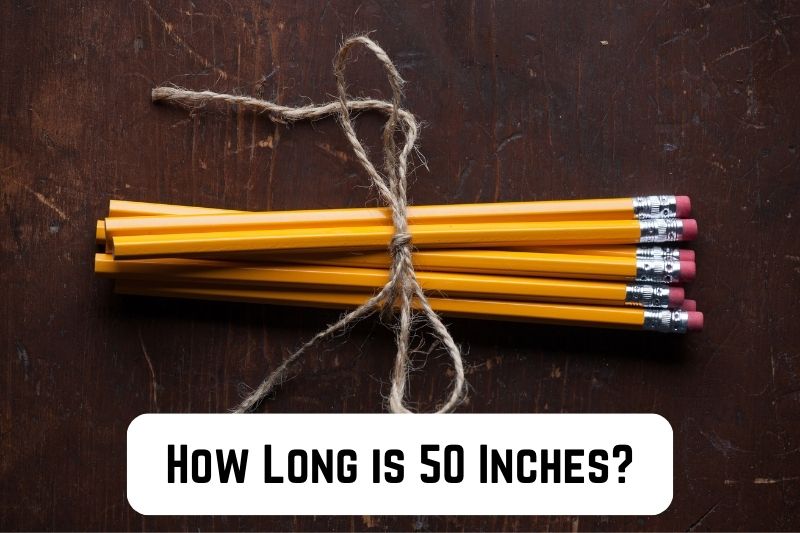Are you curious about what 50 inches looks like?
You just landed on the right page!
Whether planning home projects, shopping for furniture, or being intrigued by dimensions, understanding the length of 50 inches is a valuable skill.
In this post, we explore 15 relatable comparisons, from dollar notes to different balls, providing practical insights to help you visualize 50 inches effortlessly.
Read: What Weighs 400 Pounds? 14 Common Comparisons (+Pics)
Read on to find out what suits your needs and interests.
15 Common Comparisons For 50 Inches
50 inches is approximately 127 centimeters, about 1.27 meters, and 4.17 feet.
Use the following items to get a tangible sense of this length.
1. 8 US Dollar Notes

Dollar notes are often used as a reference for small measurements because their dimensions are standardized and familiar.
Regardless of the denomination, all the US banknotes are 6.14 inches long, making them perfect references for six inches.
For a comparatively longer measurement of 50 inches, line up as many as eight notes in a straight line end-to-end. They stretch to 49.12 inches – close enough.
2. 15 ATM Cards

ATM cards are handy tools for assessing the size of objects or spaces when more precise measurements aren’t required.
These cards are all the same size, measuring 3.37 inches long.
While that makes them ideal for tiny lengths such as 3 inches, you can rely on them for longer measurements, like in our case.
To do so, imagine a straight line of 15 ATM cards arranged on a flat surface. The combined length is 50.5 inches, which is not wide off the mark.
3. 14 Standard Playing Cards

Do you have standard playing cards for playing with your mates?
Standard playing cards are an excellent way to pass the time, playing classic games such as poker, blackjack, bridge, and solitaire.
And the good news is if you have a deck of these cards (it contains 52, including the two jokers), you can turn them into comparison objects for different measurements for a short while.
These cards are slightly longer than ATM cards at 3.5 inches.
Hence, to get 50 inches, you will need to arrange 14 lengthwise.
4. A Stack of 10 Standard Beverage Cans

A standard beverage can is the aluminum container commonly used for packaging beverages like soda, beer, and other carbonated or non-carbonated drinks.
Because their dimensions are widely recognized, people often use them to estimate sizes or lengths in a casual setting.
Therefore, to get a tangible sense of 50 inches, imagine stacking ten standard beverage cans since each is 4.83 inches tall. That’s close enough to give you a practical sense of the length you’re looking for.
5. A Stack of 4 2-liter Soda Bottles
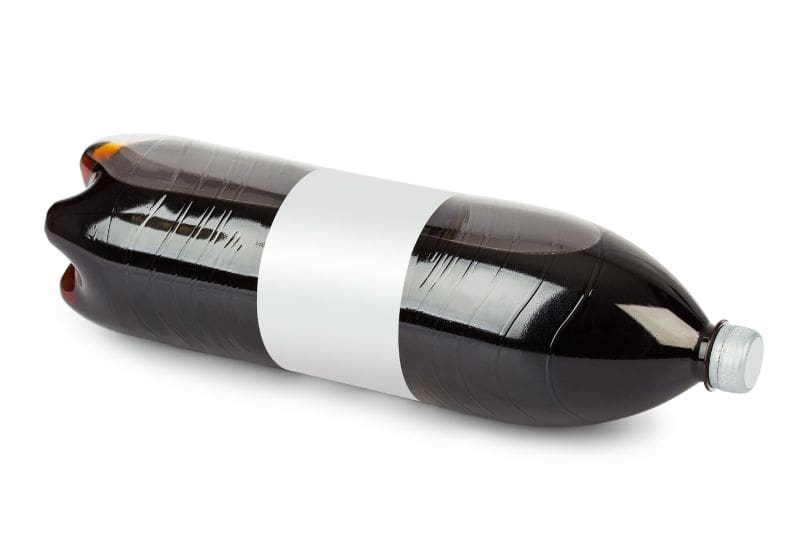
2-liter soda bottles are your friends for larger gatherings or when you want to keep a larger quantity of a beverage.
Their standardized dimensions, especially the height and diameter, make them a convenient tool for estimating sizes in various contexts.
For 50 inches, the height provides the most effective approach.
Since they are about 12 inches tall, stacking four will bring you only two inches shy of that length.
6. 6 Standard Red Bricks
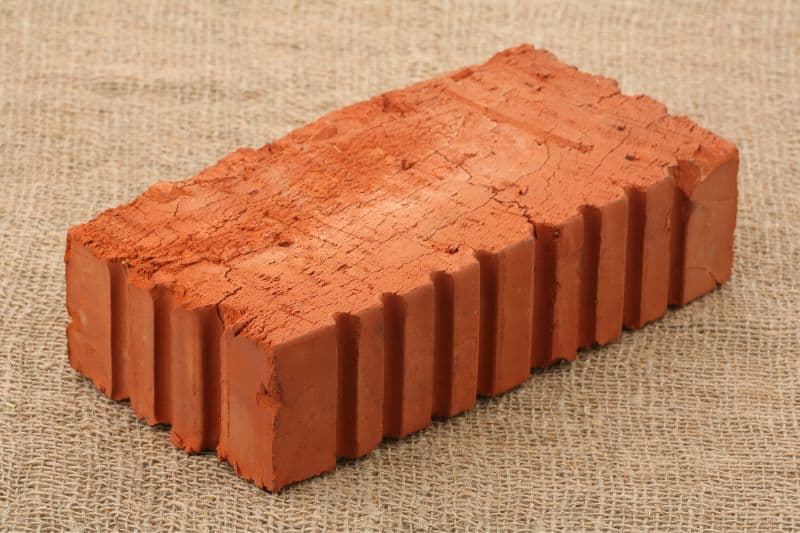
Bricks come in various sizes and dimensions based on regional standards, construction requirements, and specific applications.
One of the most common bricks in the United States is the red brick. It’s the most preferred in many construction projects, including walls and pavements, and is usually approximately eight inches long.
So, using that as the benchmark, you can compare 50 inches to a line of eight red bricks placed end-to-end.
7. 3 Standard Cinder Blocks
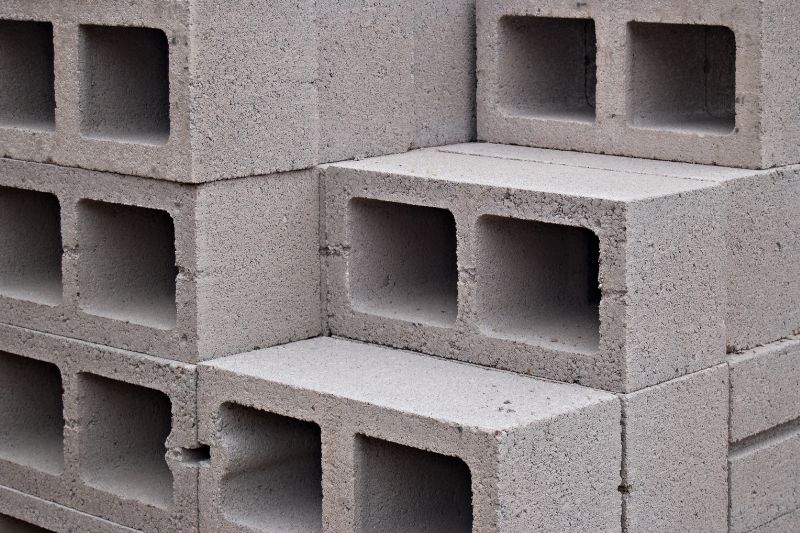
Similarly to red bricks, cinder blocks come in various sizes to accommodate different construction needs.
That said, a standard cinder block is 8 inches wide, 8 inches tall, and 16 inches long.
That means if you picture three standard cinder blocks end-to-end on a flat surface, they’re only two inches shy of the length you’re interested in.
8. 9 Ballpoint Pens

Pens, ubiquitous in nearly every household, are universally familiar such that you can picture one right now!
That makes them an excellent way to understand different small measurements because they have standard sizes depending on the type.
For example, the popular capped ballpoint pen ranges from 5.11 to 5.55 inches long.
So, taking the average of 5.49 inches, you can picture a straight line of nine ballpoint pens arranged end-to-end. That gives you 49.4 inches, and you can’t go wrong with that.
9. 7 No. 2 Pencils

No. 2 pencils are iconic writing instruments. They are the ones commonly used in schools from elementary to high school levels, and you can picture one in a blink.
They provide a practical reference for small measurements, starting with 8 inches since they are about 7.5 inches long, including the eraser when brand new.
For 50 inches, you can imagine arranging seven such pencils in a straight line end-to-end.
10. 5 No. 10 Envelopes

No. 10 envelopes are a standard size widely used for various business and personal correspondence. Most letters, invoices, and other documents are mailed through these envelopes.
These envelopes have standard sizes, measuring approximately 4.125 inches by 9.5 inches.
That means placing five lengthwise on a straight line brings you close to 50 inches.
11. 6 Size 5 Soccer Balls

Size 5 soccer balls are the standard size used in professional adult soccer matches as well as youth soccer for players aged 12 and older.
The balls have a diameter of about 8.6 inches, meaning six placed on a flat surface touching each other span approximately 50 inches long.
12. 5 NBA Balls

NBA basketballs, also known as official-size basketballs, have specific dimensions regulated by the league.
They are larger than standard soccer balls, ranging from 9.4 to 9.5 inches in diameter.
So, if you prefer NBA balls, picture four placed close to each other. That’s only about three inches shy of the 50-inches mark.
13. 4 & ½ NFL Balls

The official NFL ball is larger than the NBA basketball and the Size 5 soccer balls, measuring about 11 inches from tip to tip.
So, imagine five NFL balls aligned end-to-end in a straight line, and then imagine cutting one at either end into half. The remaining section is approximately 50 inches long.
14. Half the Height of Soccer Goal
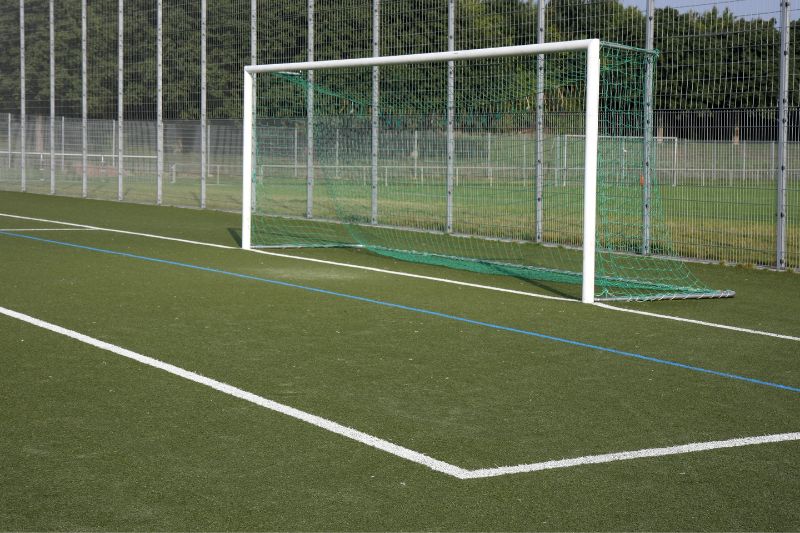
The familiarity of soccer goals makes them a practical reference for those involved in soccer, from players and coaches to fans and organizers.
The standard full-size soccer goal measures 8 feet (96 inches) in height and 7.32 meters in width.
Using the height of a standard full-size soccer goal, a measurement of 50 inches would be roughly half the height of the goal.
Read: What Weighs 250 Pounds? 13 Common Comparisons (+Pics)
15. A Hockey Goal Post Height
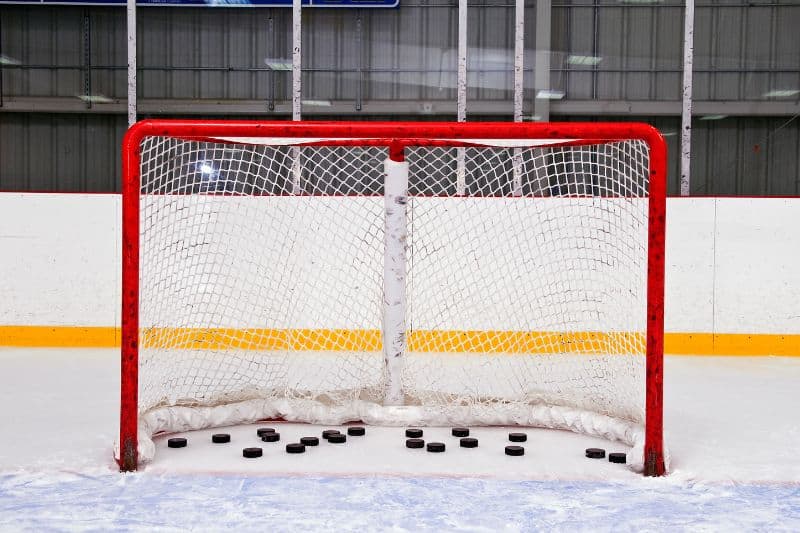
While not as universally recognizable as some other items, hockey goalposts provide a familiar and tangible measure for fans, players, and those interested in the sport.
The hockey goalpost is usually four feet tall, making it a perfect reference for four feet.
And what’s four feet in inches? Precisely 48 inches. So, it can still provide a solid reference for 50 inches.

